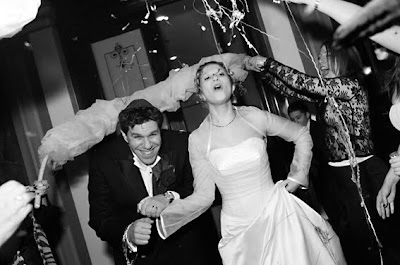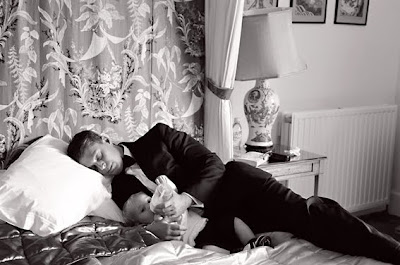
I love working on Jewish weddings. They are rich, emotional, traditional, fun and sweaty! The pictures I am showing are from lovely Rose and Jeremy in London. The preparation doesn't necessarily involve bridesmaids but the very close family. There is usually some kind of tension whether it is silence or chaos. The act of marriage in the Jewish culture is something very serious despite couples looking quite relax about it. While the bride is getting ready, the groom goes to the synagogue and has his own ceremony with his ushers, parents and rabbi.

As the guests starts arriving they are being asked to sit genders apart, one half sitting opposite to the other. Whether before, during or after ( all depending on the synagogue facilities) the bride enters discreetly a separate room with her relatives. The groom has to leave the guests and invites his ushers to join him on his way to his bride to be. This ceremony is called the Bedekken and consists in recognizing and acknowledging that the woman here present is the one he accepts to marry. She usually wears the veil as he walks in, and he has to unveil her face and to agree to the rabbi that she is the one. They then walk into the main hall of the synagogue leading the procession and the whole bridal party in between the male and female sides.

They finally arrive at the chuppah which is the tent displayed on a large alter where the couple and parents of each side will gather to proceed to the core of the ceremony. It starts with the walking in circle 7 times around the groom, exchanges of vows, drinking of wine and breaking of glass by the groom. They then sign the traditional registrar with the Jewish calendar. In some occasion like the wedding presented today the couple will walk to an opposite altar which will be open only to them when they can see their future or the unseen, that's what happen here at Bevis Marks in the City.

Then we proceed to the reception. Group shots have to be performed in a military efficiency. Those are highly important more than in any other type of ceremony. You have to be sharp and bossy. When you are done with the groups and the couple shots, the MC will ask the guests to seat down as the couple is preparing to make a special entrance. And contrary to other cultures we start here with dancing and the chairs. The groom and the bride will be taken apart and be sat on a chair that will be elevated in the air. Each gender group will try to make the sitter sick somehow and will then produce a sort of dance in the air between the bride and groom. Once they had enough, they come down to the floor and dance with their mates. The boys can be quite excited and virulent! that usually last for 15/20 minutes. The you get called for starter.

Depending on the families and traditions but sometimes guests are being asked to dance between each course. Speeches will be performed in a traditional way, and toasts to the Queen are quite a standard. You also have a traditional ceremony where a glass is being praised and passed across key members of the congregation.

After all those traditional bits and the cutting of the cake, you have finally the first dance and the big party. The dancing usually never stops until the band calls the last score. That will be a final dance with all the guests making a circle and crushing the couple in a tremendous final.

As a photographer you have to be utterly prepared and confident. You also have to allocate responsively your time between creativity and formal needs, the formal needs being here a priority. There is no time for rest if you want to do a great job, but all the materials are out there to make it look great. Jewish weddings are the ultimate test as a wedding photographer and I love them!



